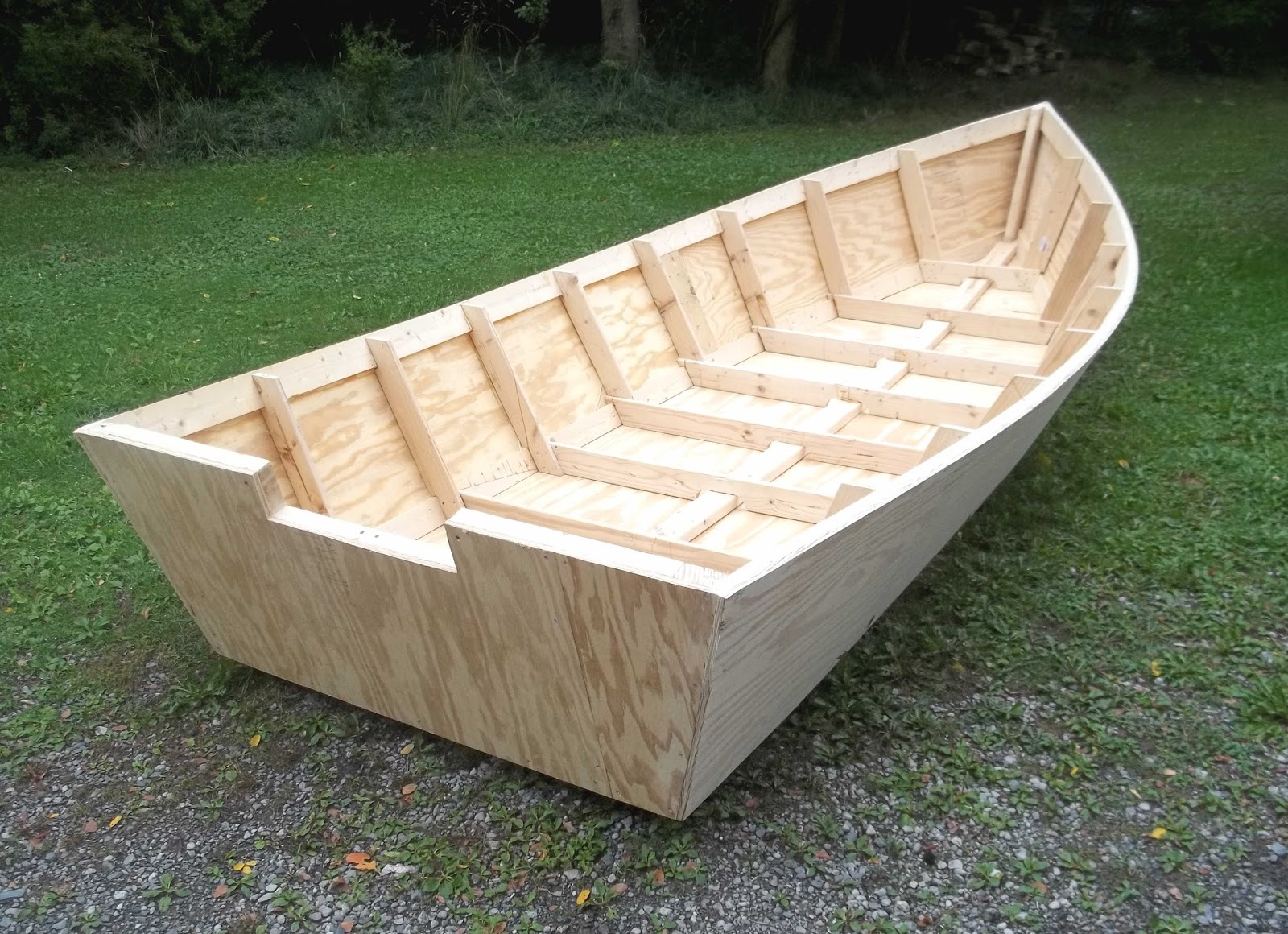
Beyond the Planks: Exploring Eco-Conscious Wooden Boat Kit Construction
The satisfying scent of freshly cut wood, the rhythmic tap-tap-tap of the mallet, the gradual emergence of a graceful hull â€" building a wooden boat is a deeply rewarding experience. But in a world increasingly conscious of environmental impact, building sustainably isn't just a nice-to-have; it's a necessity. This article delves beyond the typical discussions of wooden boat kit construction, exploring lesser-known aspects of eco-friendly material sourcing and construction techniques.
Beyond the "Sustainable" Label: Critical Questions & Answers
Many boat kit suppliers promote their products as "sustainable," but what does that truly mean? Let's cut through the marketing jargon.
Q: How can I verify the true sustainability of a wooden boat kit?
A: Don't just rely on marketing claims. Demand transparency. Ask your supplier for detailed information on wood sourcing:
- Where does the wood originate? Look for certifications like the Forest Stewardship Council (FSC) guaranteeing responsible forestry practices.
- What species of wood is used? Some species are more sustainable than others due to faster growth rates and lower environmental impact.
- What are the transportation methods used? Prioritize suppliers who minimize carbon footprint by using efficient shipping routes and methods.
- What is the supplier’s waste management policy? Sustainable companies minimize waste and utilize byproducts creatively.
Q: Are there alternative, eco-friendly materials beyond traditional wood?
A: Absolutely! While wood remains a fantastic material, exploring alternatives expands possibilities:
- Bamboo: A rapidly renewable resource with impressive strength-to-weight ratio. Requires careful consideration of its structural properties and potential susceptibility to moisture.
- Recycled plastics (composites): Offer durability and resistance to rot, but require thorough research on the sourcing and recycling methods of the plastic used. Avoid using virgin plastics.
- Mycelium composites: Growing in popularity, these bio-based materials formed from mushroom roots offer lightweight and surprisingly strong alternatives to traditional wood. The technology is rapidly improving but needs careful handling during construction.
Q: How can I minimize the environmental impact during the building process?
A: Sustainable building goes beyond material selection:
- Reduce waste: Plan meticulously, utilizing every piece of wood possible. Explore creative solutions for utilizing offcuts in smaller projects.
- Water-based finishes: Opt for non-toxic, water-based finishes over traditional oil-based paints and varnishes. These are safer for both the environment and the builder.
- Responsible disposal: Dispose of waste wood and other materials responsibly, ideally through recycling or composting programs.
A Real-World Example: The "Green Dragon" Project
A group of students at the University of Maine recently constructed a small sailing dinghy as part of a sustainability project, dubbed the "Green Dragon." They sourced locally harvested FSC-certified cedar, utilized reclaimed metal for fasteners wherever possible, and employed water-based finishes. Their project demonstrated that a commitment to sustainability doesn't necessarily compromise the quality or beauty of the final product; in fact, it often enhances it, creating a deeper connection between the builder and the environment.
The Future of Eco-Conscious Boat Building
The shift toward eco-friendly boat building is gaining momentum. As awareness grows and innovative materials emerge, the potential for sustainable boat construction is immense. By demanding transparency from suppliers, adopting innovative construction techniques, and minimizing waste, we can all contribute to a greener future for this timeless craft.
Note: Always thoroughly research and test any new or unconventional materials before incorporating them into your boat building project. Consult with experienced boat builders and professionals to ensure the safety and structural integrity of your vessel.

0 comments:
Post a Comment
Note: Only a member of this blog may post a comment.